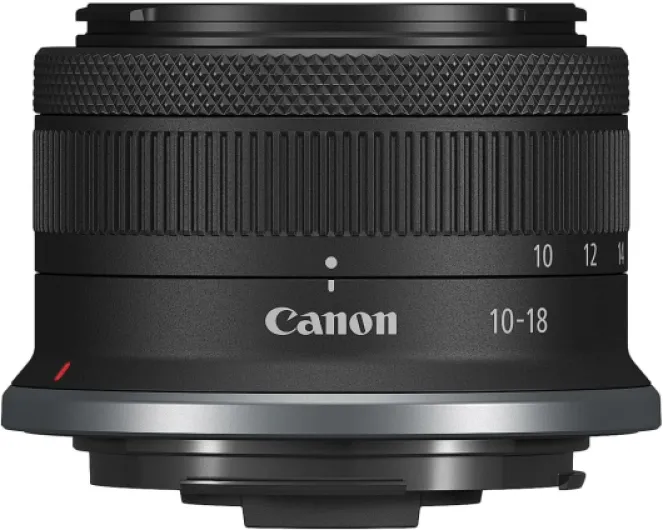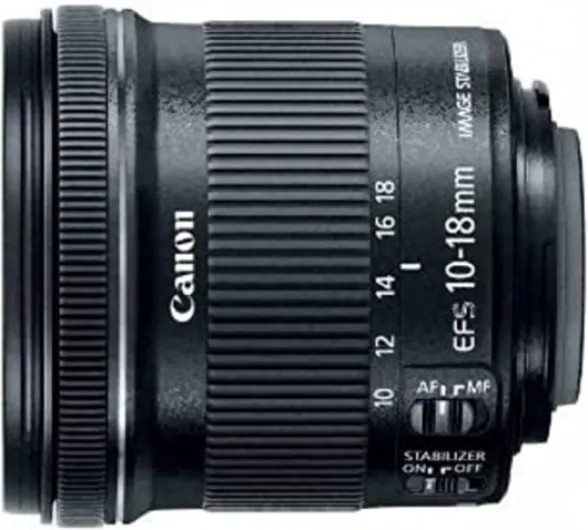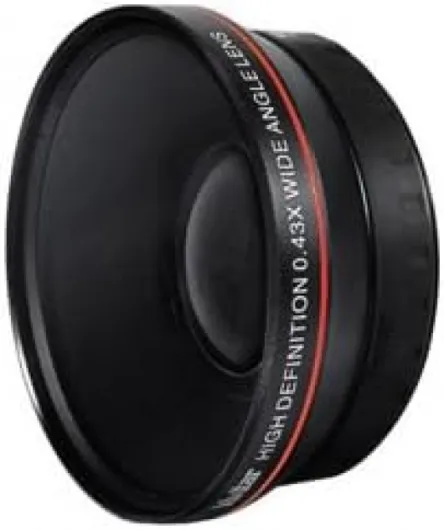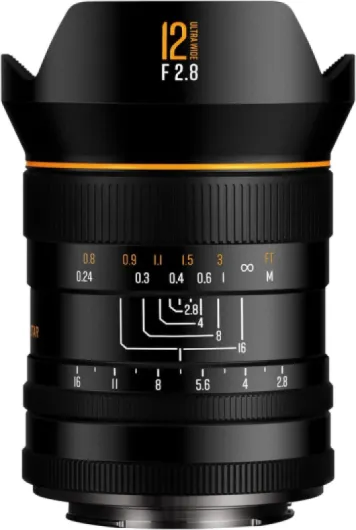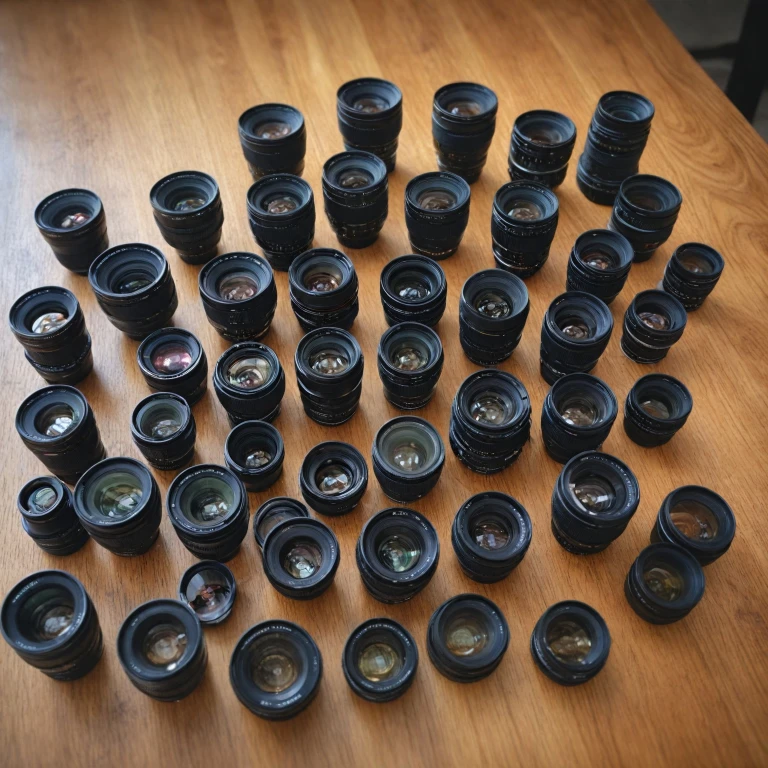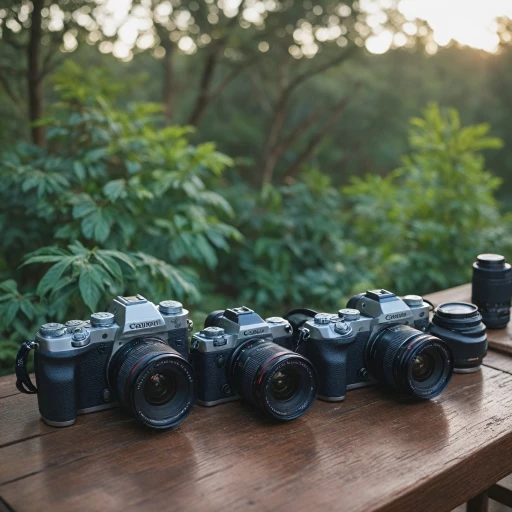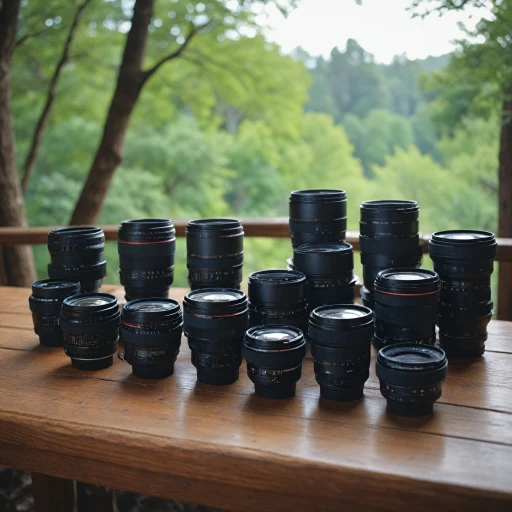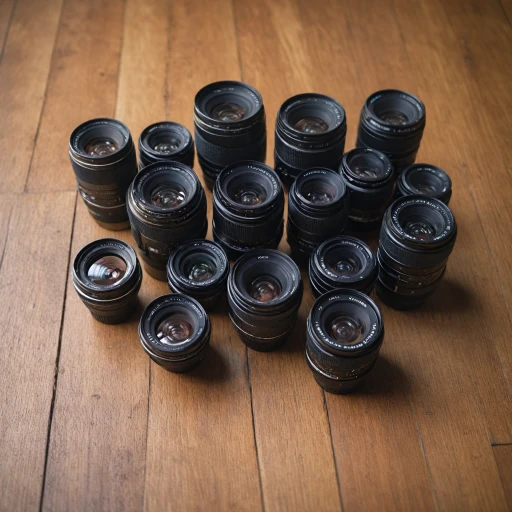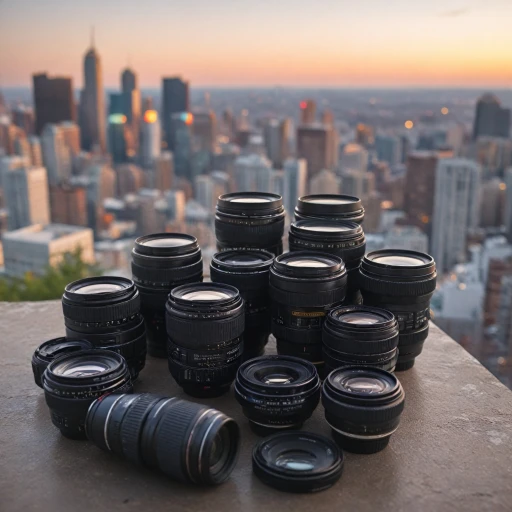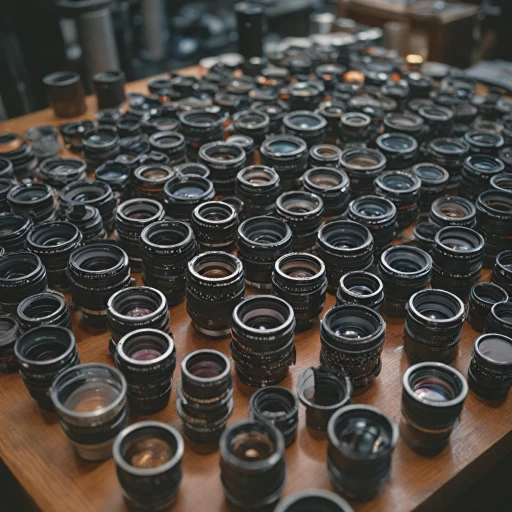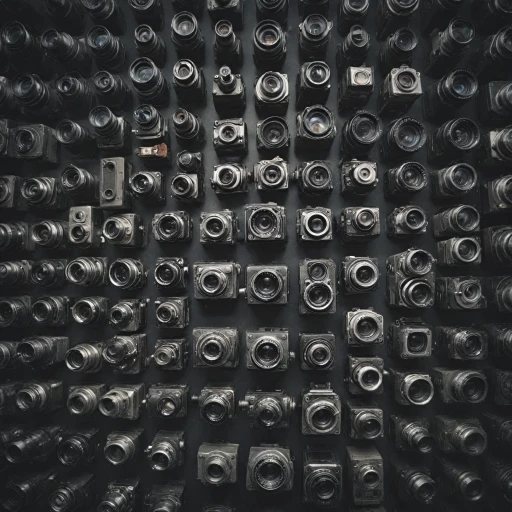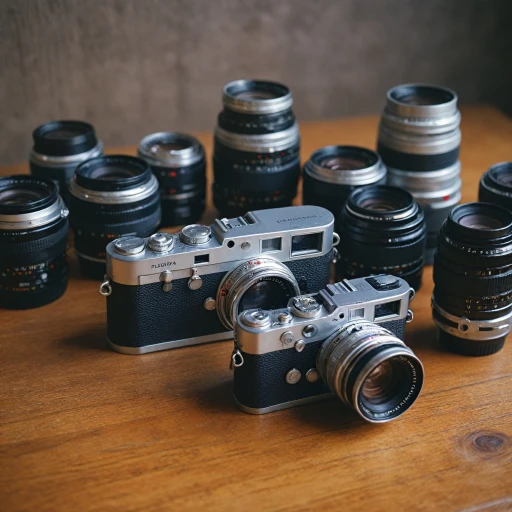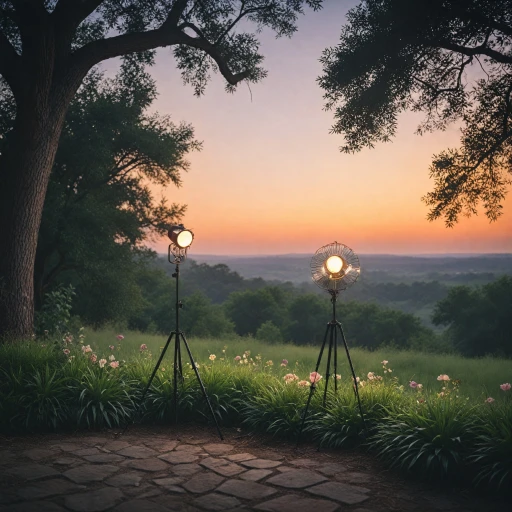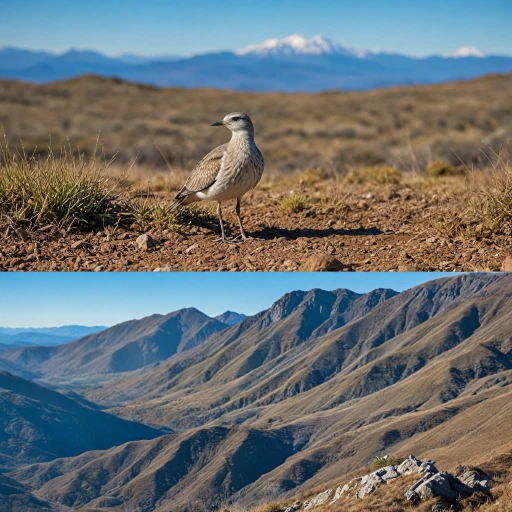
Understanding Wide Angle Lenses
Exploring the Benefits of Wide Angle Lenses
Wide angle lenses open up a world of creative possibilities in photography, making them indispensable for many Canon cameras, including EOS models. One of their most notable characteristics is their ability to capture expansive scenes. This feature makes them a favorite among landscape photographers and architectural enthusiasts.
When you mount a wide angle lens on your Canon, you're essentially able to cover a greater field of view. This type of lens has a shorter focal length compared to standard lenses, allowing more of the scene to be included in the frame. Such functionality is ideal not just for vast landscapes, but also for cramped interiors where space is limited.
Lens options come in both prime and zoom varieties. While prime lenses offer superior image quality and larger apertures for low light situations, zoom lenses provide versatility through a range of focal lengths. The flexibility of zoom lenses cannot be overstated, especially when capturing dynamic scenes, where you may need to quickly adjust your composition.
Wide angle lenses also have the capability to create dramatic effects, such as exaggerating perspective and making distant features appear smaller. This can add depth and interest to an image, subtly drawing the viewer's attention to your focal points.
It's important to note that wide angle lenses, while incredibly useful, may introduce some distortion, especially at the corners of your frame. Being aware of this characteristic can help you better plan your shots and make any necessary adjustments in post-processing.
Whether you're shooting with a Canon full frame or an APS-C format camera, knowing how to utilize a wide angle lens can significantly enhance the image quality and breadth of your work. If you're considering investing in a new lens, consider exploring our guide on choosing the perfect lens for versatile photography needs. This can provide deeper insights into selecting a lens that complements your style and subject matter.
Key Features to Consider in a Wide Angle Lens
Important Factors When Choosing Wide Angle Lens
When selecting a wide angle lens for your Canon camera, consider several essential features to ensure you capture the best possible images. Whether you’re a professional photographer or an enthusiast exploring new photography angles, the right lens can make all the difference. Here's what to look for:
- Focal Length: Wide angle lenses typically have a focal length less than 35mm. For a more ultra wide perspective, you might want to consider lenses with a focal length between 10mm and 24mm.
- Aperture: A lens with a large aperture (especially for low light settings) enhances image quality. Look for options that offer an aperture of f/2.8 or wider to achieve great results in various lighting conditions.
- Image Stabilization: If you often shoot handheld, a lens with image stabilization (IS) can be invaluable, helping to reduce blur caused by camera shake, and especially beneficial when dealing with longer exposure times.
- Zoom Range: Decide between a fixed focal length or a zoom lens based on your shooting needs. Zoom lenses offer more flexibility in framing your shots but may have a slightly smaller maximum aperture than prime lenses.
- Compatibility: Not every lens fits every Canon camera body, making it crucial to confirm compatibility, particularly with full frame or APS-C sensors.
If you're keen on understanding the crucial differences in gear for specific shooting needs, this detailed exploration of shooting distances can provide additional insights on lens diversity.
Top Recommended Wide Angle Lenses for Canon
Highly-Recommended Canon Wide Angle Lenses
When it comes to choosing a wide angle lens for your Canon camera, the market offers a plethora of options catering to diverse needs and budgets. These lenses are designed to capture vast scenes, making them ideal for landscapes, architecture, and even event photography. Here are some of the most recommended wide angle lenses to consider:- Canon EF 16-35mm f/2.8L III USM: Known for its outstanding image quality, this ultra wide angle zoom lens is a favorite among professional photographers. It delivers sharp, high-contrast images with incredible clarity from edge to edge. The constant f/2.8 aperture helps maintain consistent performance in various lighting conditions.
- Canon EF-S 10-18mm f/4.5-5.6 IS STM: This lens is an excellent choice for APS-C sensor Canon cameras, offering a broader perspective without breaking the bank. It comes equipped with Canon’s STM technology for smooth, near-silent focusing—a perfect feature for video enthusiasts. The image stabilization further aids in reducing camera shake during handheld photography.
- Sigma 14-24mm f/2.8 DG HSM Art: As part of the acclaimed Sigma Art series, this wide angle lens is highly praised for its image quality and solid build. Featuring a fast, constant aperture of f/2.8, it excels in low light situations while offering a flexible zoom range for creative compositions.
- Canon RF 15-35mm f/2.8L IS USM: Designed for Canon's EOS R series of full frame cameras, this lens includes cutting-edge image stabilization, making it a versatile choice for handheld shooting. Its wide aperture and advanced optical design enable photographers to achieve stunning clarity and vivid colors.
- Canon EF 11-24mm f/4L USM: If you’re in search of a lens offering unparalleled wide angle capabilities, the Canon EF 11-24mm is unmatched in its category. With a rugged design suitable for tackling various weather conditions, it meets the demands of professional landscape photographers who require ultimate image performance.
Compatibility and Mount Types
Compatibility with Your Canon Camera
When selecting a wide angle lens for your Canon camera, understanding compatibility is crucial to ensure optimal performance and image quality. Canon offers different series of cameras, such as the EOS range, which can be either APS-C or full frame cameras. Here's what you need to consider:- Mount Types: Canon lenses come primarily in two mount types: EF and EF-S. EF lenses are designed for full frame and APS-C cameras, making them versatile and suitable for both Canon full frame and crop sensor cameras. EF-S lenses are specifically crafted for APS-C cameras, making them incompatible with full frame models. When looking for a wide lens, make sure to identify your camera type.
- Lens Features: Lenses labelled USM (Ultrasonic Motor) offer quiet and quick autofocus, a great choice for both photography and videography. STM (Stepping Motor) lenses are optimized for smooth video autofocus. Depending on your photography needs—whether focusing on stills or video—you may prefer one over the other. Image stabilization is another feature to consider, especially when shooting in low light or handheld.
- Full Frame vs. APS-C: The sensor size affects the effective focal length of a lens, known as crop factor. APS-C cameras magnify the image, effectively increasing the focal length, which is important to consider when choosing your best lens option. For instance, a 10mm lens on an APS-C camera may equate to around 16mm on a full frame camera.
User Reviews and Expert Opinions
Insights from Real-World Use
Canon users and photography experts have often shared their experiences and opinions about wide angle lenses, offering invaluable insights into their performance and reliability. Reviews from seasoned professionals and everyday users alike help in understanding the practical aspects of these lenses, especially when considering factors like zoom range and aperture.Wide angle lenses, particularly those from Canon's lineup, are frequently praised for their robust build quality and exceptional image quality. Lenses such as the Canon USM and Sigma Art have a reputation for delivering sharp, distortion-free images across different focal lengths, making them a favorite among photographers who engage in landscape or architectural photography.
Canon's full frame cameras are well-matched with their series of wide angle lenses, offering a great combination for professionals who need to shoot in low light or require wide apertures for creative photography. Image stabilization in these lenses further enhances their capabilities, ensuring clarity and precision even in challenging lighting conditions.
Users report that lenses like the Canon STM and Sigma APS are notable for their smooth focus transitions and reliable performance in diverse shooting environments. These lenses cater to both beginners exploring wide angle photography and skilled professionals seeking to push the boundaries of their creative expression.
In conclusion, user reviews and expert opinions can serve as a guiding light when deciding which wide angle lens would best suit your Canon camera, whether it’s an EOS model or any other from their extensive lineup.
Tips for Choosing the Right Lens for Your Needs
Consider Your Photography Style
When choosing a wide angle lens for your Canon camera, it's crucial to consider your photography style. Whether you're into landscape photography, architecture, or capturing the perfect group shot, each style demands different features. For instance, landscape photographers might prioritize lenses with a wider zoom range and excellent image quality, while those focusing on architecture might need ultra wide lenses with minimal distortion.
Evaluate the Aperture and Image Stabilization
The aperture size is a significant factor in low light photography. A lens with a larger aperture, such as f/2.8, allows more light to hit the sensor, which is ideal for low light conditions. Additionally, consider lenses with image stabilization features, especially if you often shoot handheld. This can help reduce blur and improve image quality.
Check Compatibility with Your Camera
Ensure that the lens you choose is compatible with your Canon camera model. Whether you have a Canon EOS full frame or an APS-C camera, the mount type is essential. Some lenses, like the Canon USM and STM, are designed specifically for certain camera types. Double-check the compatibility to avoid any issues.
Read Reviews and Expert Opinions
Before making a purchase, it's wise to read user reviews and expert opinions. They can provide insights into the lens's performance, durability, and image quality. Look for feedback on the lens's performance in various conditions and with different Canon cameras. This can be invaluable in making an informed decision.
Consider the Budget
Wide angle lenses can vary significantly in price. Determine your budget and look for lenses that offer the best features within that range. Remember, the best lens isn't always the most expensive one. Sometimes, a lens like the Sigma Art series offers great performance at a more affordable price.
